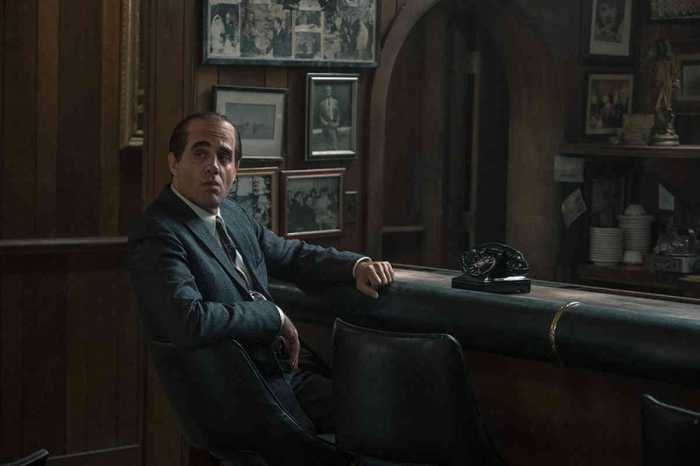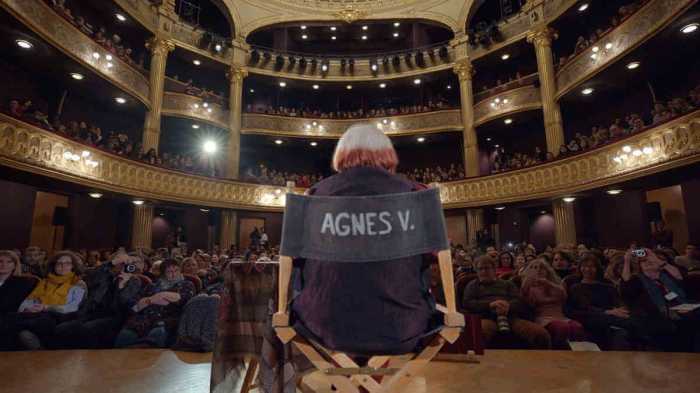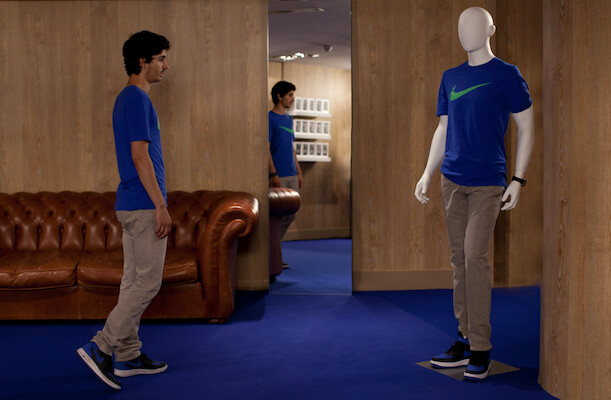Ellar Coltrane in Richard Linklater’s “Boyhood.” | IFC FILMS
Among the past year’s films, I have chosen the 10 best, another 10 runners-up, and three that did not enjoy distribution but should have.
“Boyhood” (Richard Linklater)
Yes, I know. Consensus is boring, but I loved this film as soon as I saw it at an advance screening, well before it became the most critically lauded film of the 21st century. I’m suspicious of claims for its universality –– which, most likely, no one would make if the same real-time techniques were used on a film about a poor African-American girl –– but I’m convinced the film does get at something real and profound about the way we experience time, a quality that an American cinema increasingly drawn to empty spectacle generally ignores.
“What Now? Remind Me” (Joaquim Pinto) The most ambitious documentary I’ve seen this year, out gay Portuguese director Pinto’s film runs nearly three hours. Nominally, it’s a diary of a year in which he underwent experimental treatment for HIV and hepatitis C, but it sprawls through his life in a manner that suggests a synthesis of Jonas Mekas and Chris Marker. Its affinities lie as much with avant-garde film as with more traditional documentaries, and it’s all the stronger for it.
Ten that stood out, others that came close, and three deprived of the chance to be seen
“Night Moves” (Kelly Reichardt)
Even Kelly Reichardt’s usual fans deserted her this time around –– I seem to be alone in thinking that “Night Moves,” a chronicle of three deeply alienated radical environmentalists, is her best film. Here, Reichardt returns to the territory of Michelangelo Antonioni’s 1970 “Zabriskie Point,” only there’s nothing celebratory about her characters’ explosions, just more reasons for angst and loneliness.
Joaquim Pinto and his husband, Nuno Leonel, in Pinto’s autobiographical documentary “What Now? Remind Me.” | THE CINEMA GUILD
“Actress” (Robert Greene)
As much of a genre-bender as “What Now? Remind Me,” Greene’s doc presents a singular heroine: Brandy Burre, a one-time actress (who appeared for two seasons on “The Wire”) who gave up her craft to become a suburban homemaker. “Actress” traces the dissolution of her relationship with her partner Tim and her attempts to return to acting, but what’s really remarkable about it is its direction, which combines elements of cinema vérité with extremely stylized sequences, depicting Brandy’s everyday life through slow motion and supersaturated color.
“Stray Dogs” (Tsai Ming-liang)
A return to form after several weak films from out gay Taiwanese director Tsai Ming-liang, “Stray Dogs” stars his partner Lee Kang-sheng as the father of a homeless Taipei family. Tsai isn’t afraid to find beauty in poverty, although he makes it clear that the audience and his characters are experiencing the same environments differently. With several shots running longer than 10 minutes, Tsai deliberately tests the audience’s patience, but he reminds us that great beauty can be found by slowing down our pace.
Hafsia Herzi and Ludovic Berthillot in Alain Guiraudie’s “The King of Escape.” INSTITUT FRANÇAIS
“The King of Escape” (Alain Guiraudie)
As generally used, the term “post-gay” is meaningless and vaguely homophobic. But it happens to fit this 2009 French film, released in the US for the first time this year. Its schlubby protagonist, an overweight and ordinary-looking 40-year-old, starts off identifying as gay but sleeps with everyone from 16-year-old girls to 70-year-old men. Guiraudie’s “Stranger by the Lake” got much more attention (it’s the reason “The King of Escape” got a belated release), but this is a stronger, more complex, and sex-positive film.
“Goodbye to Language” (Jean-Luc Godard)
Like all Godard’s recent films, “Goodbye to Language” ponders the poisoned legacies of fascism and communism through a wealth of literary and cinematic references. A coherent narrative is not on its agenda. Yet it introduces something new to the mix: 3D. Godard is unafraid to use 3D for inventively abrasive, even ugly effects. “Goodbye to Language” is often beautiful, but there’s a modesty to its use of 3D –– epitomized by the blow-up of home videos of his dog Roxy –– missing from all previous directors using the device, apart from avant-garde filmmaker Ken Jacobs.
“The Immigrant” (James Gray)
James Gray might be the last classical filmmaker left standing. His films deserve to be a lot more mainstream than they are, especially since “The Immigrant” and its precursor, “Two Lovers,” have grown past the mere genre pastiche of his earlier work. Giving Marion Cotillard one of her two stunning roles this year (as a Polish immigrant in 1921 New York), Gray reconstructs the world of his grandparents, finding much danger and a little promise while creating a space that feels both lived-in and stylized.
“Nightcrawler” (Dan Gilroy) Dan Gilroy’s directorial debut manages to reinvent classic antiheroes like Travis Bickle and Patrick Bateman for the Internet age. The tale of a repellent, downright evil videographer, it’s set in a world of freelance capitalism, where corporations have almost faded from view but the worst aspects of their culture have been adopted by individuals. Gilroy creates an indelible LA sleazescape of sprawling suburbs full of bloodshed, inseparable from the oddly perky persona of Jake Gyllenhaal’s villain.
David Oyelowo as Martin Luther King, Jr. in Ava DuVernay’s “Selma.” | PARAMOUNT PICTURES
“Selma” (Ava DuVernay)
The year’s best Hollywood release by far (“Nightcrawler” was a minor mainstream hit technically released by an independent company), “Selma” shakes the dust off the mainstream, largely co-opted image of Martin Luther King and returns the man to his uncompromising, complicated roots. In pre-production for years, it now plays as a post-Ferguson call to activism, gathering steam as it builds toward a triumphant finale.
Best undistributed films: “Bloody Beans” (Narimane Mari), “The Iron Ministry” (J. P. Sniadecki), and “Natan” (David Cairns & Paul Duane).
Runners-up: “The Babadook” (Jennifer Kent), “Beyond the Lights” (Gina Prince-Bythewood), “The Dog” (Allison Berg & Frank Keraudren), “John Wick” (Chad Stahelski), “The Naked Room” (Nuria Ibañez), “National Gallery” (Frederick Wiseman), “Two Days, One Night” (Jean-Pierre and Luc Dardenne), “Under the Skin” (Jonathan Glazer), “Vic + Flo Saw A Bear” (Denis Coté), and “We Are Mari Pepa” (Samuel Kishi Leopo).





































